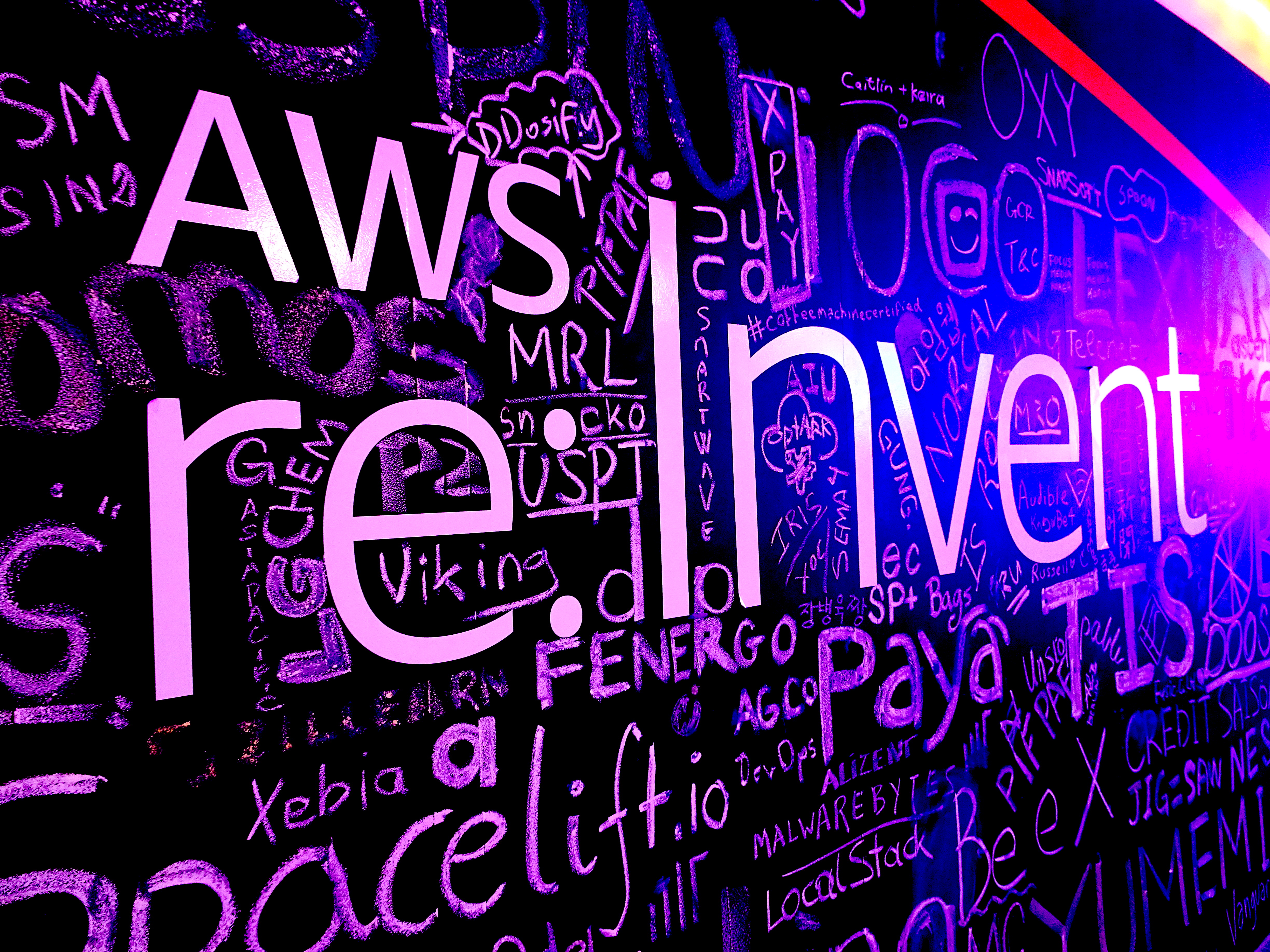
The scale and influence of a company such as Amazon Web Services Inc. highlight the value that can accrue when a business offers a unique set of services in high demand: The major cloud provider has grown because its customers can’t grow without it.
“It is really adapt or die,” said cloud researcher and consultant Sarbjeet Johal said, paraphrasing the mantra voiced Thursday by Amazon.com Inc. Chief Technology Officer Werner Vogels. “I’ve been a cloud pro for the last 10 years, and I think it’s the best model for technology consumption because of economies of scale. You can’t afford to hire the best security people, the best Arm chip designers. Innovation favors scale, and AWS has scale. And they have innovation.”
Johal spoke with theCUBE industry analyst Dave Vellante at AWS re:Invent, during the end-of-show analysis in an exclusive broadcast on theCUBE, SiliconANGLE Media’s livestreaming studio. He was joined by Stu Miniman, director of market insights for cloud platforms at Red Hat Inc. They discussed challenges and opportunities for AWS in a fast-changing and competitive cloud market. (* Disclosure below.)
Cost challenges
Although AWS and other major cloud providers have capitalized on an ability to marry scale and innovation, the package comes at a cost. Cloud expenses remain a challenge for many businesses, as documented by estimates from Gartner Inc. that 60% of public cloud customers encounter cost overruns.
These costs are often in the form of egress fees that cloud providers charge to move data out. Corey Quinn, chief cloud economist of The Duckbill Group, built his consulting business around tracking egress billing costs within the cloud industry.
“I look at what Corey Quinn talks about all the time, and Amazon’s charges on that are more expensive than any other of the cloud providers,” Miniman said. “It’s probably because they are dominant when it comes to the infrastructure space.”
The influence of AWS in the information technology infrastructure market was on full display during re:Invent in Las Vegas this week. The company made a string of announcements surrounding the serverless computing space, including an ability to connect AWS services in an application architecture using AWS Application Composer, and a distributed map for AWS Step Functions to orchestrate large scale parallel workloads. Both features were announced by Vogels in his keynote address at the conference on Thursday.
“His session this week got some great buzz from my friends in the serverless ecosystem,” Miniman said. “Amazon is allowing innovation to thrive.”
Although Amazon continues to push the innovation envelope, it still lags behind other major industry players when it comes to open-source contributions. The Open Source Contributor Index, which ranks commercial organizations based on the volume of employees’ open-source contributions on GitHub, currently lists Amazon in sixth place, behind Google LLC, Microsoft Corp., Red Hat, Intel Corp. and IBM Corp.
Despite that, the company’s contributions have increased noticeably, according to Miniman. “We’ve criticized Amazon for years about their lack of contribution,” he said. “They’ve gotten better. They are doing more in open source.”
Focus for ISVs
The growth of AWS into a cloud services powerhouse has positioned the company almost by default as an “App Store” for the enterprise. The platform’s influence across the IT ecosystem has made it a top priority for independent software vendors as a place to launch new offerings.
“In mobile app development, there are two main platforms: Android and Apple,” Johal said. “You first write an application for Apple, then for Android. As an ISV, you port your stuff to AWS first. And then you go anywhere else.”
The success of AWS, which now controls 32% of the total cloud services market, leads to continual expectations that it will deliver more. That may be increasingly more difficult for the company given the competitive cloud industry, economic uncertainty and the toll a relentless drive to innovate can take on those who must make it happen.
“How many Amazonians last two or three years and then leave because it is tough?” Miniman asked. “It is a tough culture, and they are driving. There are signs they could get past some of those limitations, but I still worry structurally and culturally there could be challenges for Amazon to keep the momentum going, especially with the global economic impact that we are likely to see in the next year.”
Here’s the complete video interview, part of SiliconANGLE’s and theCUBE’s coverage of AWS re:Invent:
(* Disclosure: This is an unsponsored editorial segment. However, theCUBE is a paid media partner for AWS re:Invent. AWS and other sponsors of theCUBE’s event coverage have no editorial control over content on theCUBE or SiliconANGLE.)









